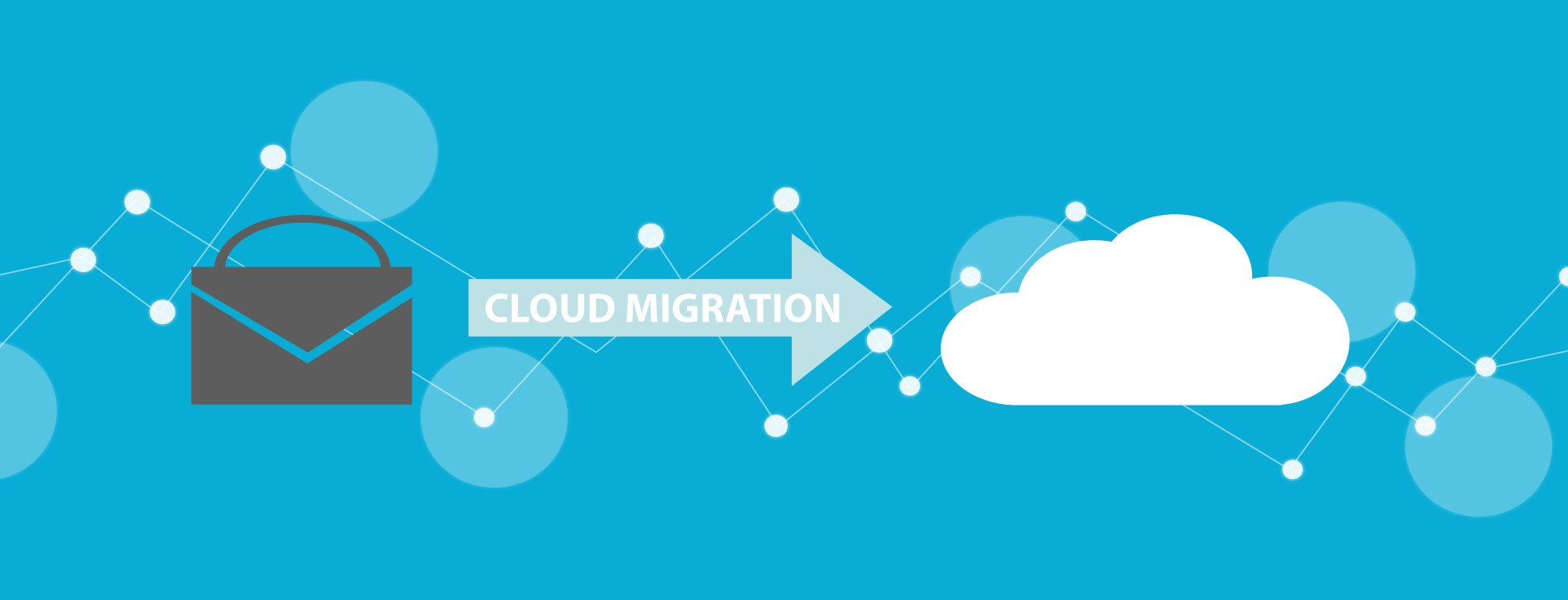6 Vital Stages in the Software Development Lifecycle

Every IT project consists of 1000s of decisions, how can you be sure you’re making the right ones? Getting an MSP on board eliminates any difficulties that can arise at any stage of the software development life cycle and ensure a successful result. This is what’s really involved in the software development process.
Despite the fact that the team management style is only a few years old, over half of all development teams are now using an agile methodology. Regardless of the way your team manages products, there are some common stages of the software development lifecycle for every enterprise.
Here are the 6 essential steps to bring a new product to life.
1. Setting Goals
Your first step in the software development cycle is to outline the requirements of your software. You need to know what would make a minimum viable product in the eyes of your company or your clients.
Talk with your team and decide what the needs for a full product are. Make a list of must-haves and “nice-to-haves”. This will allow you to better schedule your releases and outline what is important during the later cycles.
2. Design Outlines
You should determine the structure of the backend and the front end. Here you should create your user stories that describe what it’s like for a user to engage with your software.
Well-planned user stories will be able to describe both backend and front-end interactions. The flow of interaction should be fully described by your designs.
Assign everyone on your team a role and ensure that they’re clear on their responsibilities. Describe how all the elements work together so that everyone has a sense of how everyone’s work is meant to interact.
3. Implementation
While you’re implementing your design, you’ll be coding and creating the product. During this period, developers should be regularly discussing the process with one another. Daily scrum meetings of five minutes or less allow all of your major players to describe what they’re working on.
Opening communication up allows everyone to discuss the hurdles they’re facing with one another. When a team communicates, they work faster and more efficiently.
4. Testing
Once you’ve got a functioning minimum viable product, you should give it to the test team. During this process, they can see how much traffic and interaction it can handle before malfunctioning. If you can handle multiple users, they’ll be sure to try to hit it with 10,000 users connecting at once.
Testing will be looking at the extreme limits of your product but can reveal interesting results.
5. Deployment
Once the product has gone through multiple test cycles, it will be time for deployment. Here is where you’ll get it into the hands of customers and clients to see what they think.
6. Maintenance
Most products will need regular maintenance. Areas without proper security might leak privileged information. This will require more security features to be added.
The product might have issues, as browser technology and device requirements change. You’ll be maintaining your product for years, likely releasing important changes every few months as you get feedback from your customers and clients.
The Software Development Lifecycle Never Ends
Once one product is released, the next version then begins. Changes and features that you didn’t have time for in previous versions will be planned for and implemented. If your software is popular, you could have developers permanently staffed just to maintain the code base through your software development lifecycle.
If you think you’ll have to hire some extra developers for your next project, be sure you know what to ask them.


